1. The Early-Morning Rooster Call
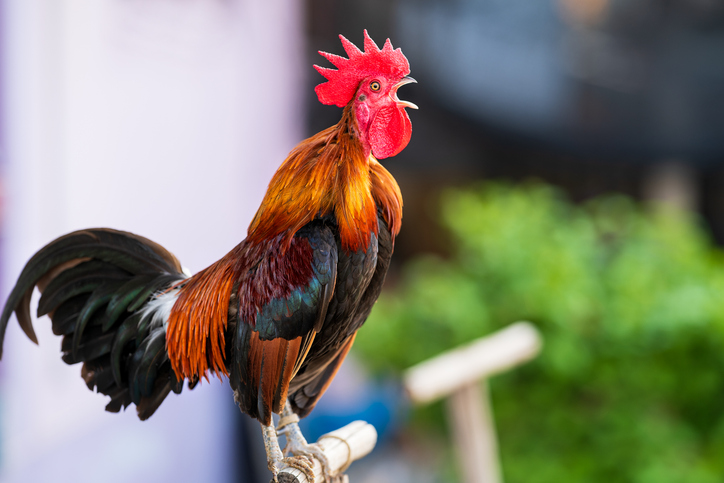
Before alarm clocks and scheduled routines took over, the rooster’s crow was the universal signal for morning. This wasn’t just an announcement of sunrise; it was a non-negotiable organizer of daily labor. Families woke, barn doors opened, fires were lit, and early chores began in sync with that distinct sound, establishing a rhythm tied to natural light rather than digital time. Today, a combination of zoning regulations, the rise of large-scale industrial farming, and shifts in rural lifestyles means fewer backyard flocks exist. Even where chickens remain, automated barns often minimize their outdoor crowing. The sound that once defined the start of a day has largely faded into memory, recordings, and media-fueled nostalgia.
2. The Evening Chorus of Frogs Rising from Wetlands

The layered croaks of a healthy frog population once marked the shift from daylight labor to evening rest. Their evening chorus signaled that work in the fields was done, dinner was preparing, and families were settling in for the night. More importantly, these sounds were a natural barometer, communicating the health of local water systems, loud, abundant frog calls meant clean wetlands and successful crop cycles. Sadly, widespread pesticide use, the draining of wetlands for development, and the expansion of suburban lawn culture have silently decimated many frog populations. Where once the night carried a vibrant sense of unseen life, that layered pulse of a thriving ecosystem is now missing for many.
3. The Soft Lowing of Cows from Distant Pastures

When farming was smaller and more localized, cattle grazed in pastures closer to homes. Their gentle, traveling calls across the hills and fields provided a comforting and gentle reassurance that the livestock were safe and accounted for. These sounds were ingrained markers of the daily and seasonal routine: feeding time, milking time, and necessary transitions between pastures. Modern practices have shifted cattle raising toward large-scale commercial feedlots or confined indoor operations, where sound is either contained or doesn’t travel naturally across the landscape. The quiet that often replaces their lowing feels less like peace and more like an absence, reflecting a shift away from the close-knit connection of shared land stewardship.
4. The Sharp Bark of a Farm Dog on Patrol
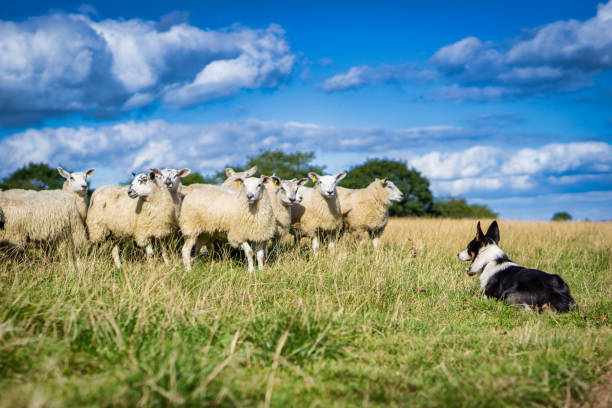
The farm dog’s bark was an active, essential form of nighttime communication, not just a disturbance. These working animals served as vigilant protectors, offering warning against various threats like predators, stray livestock, or unexpected visitors. Rural families learned to intuitively interpret the specific tone and rhythm of the barks: a quick, sharp series for smaller garden-raiding animals, a sustained and resonant warning for larger predators like coyotes, or a searching call for herd members. Today, fewer dogs serve as full-time working partners, and many rural areas rely on technology and contained properties instead of free-roaming watchdogs. The disappearance of this nuanced, instinct-based vigilance reflects a broader change in how humans coexist with animals.
5. The Wind-Carried Whistle of Songbirds Signaling Seasonal Change
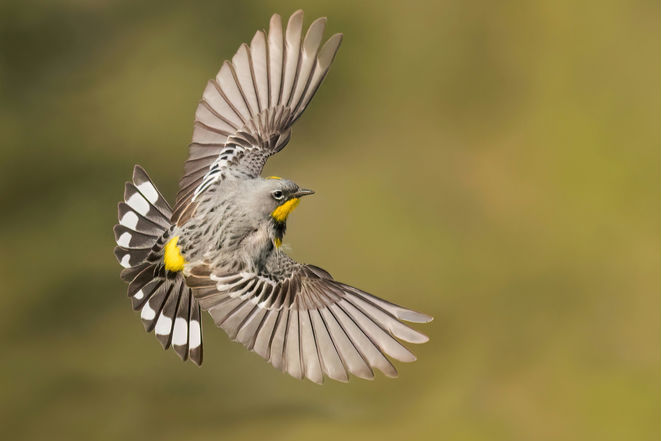
For centuries, songbirds provided the living, breathing soundtrack of the rural morning, with specific species acting as natural indicators of time and season. Warblers might herald the delicate start of early spring, while thrushes characterized the fullness of mid-summer, and flocks of migrating sparrows signaled the transition to fall. Their presence helped guide everything from planting schedules to harvesting efforts. However, massive habitat loss, numerous collisions with modern reflective windows, and the dramatic decline in insects due to pesticide use have severely reduced songbird populations. Where the world once announced its seasonal changes through a bright, aerial symphony, awareness of the seasons often now comes through a screen, not the sky.
6. The Buzz of Honeybees Working Clover Fields
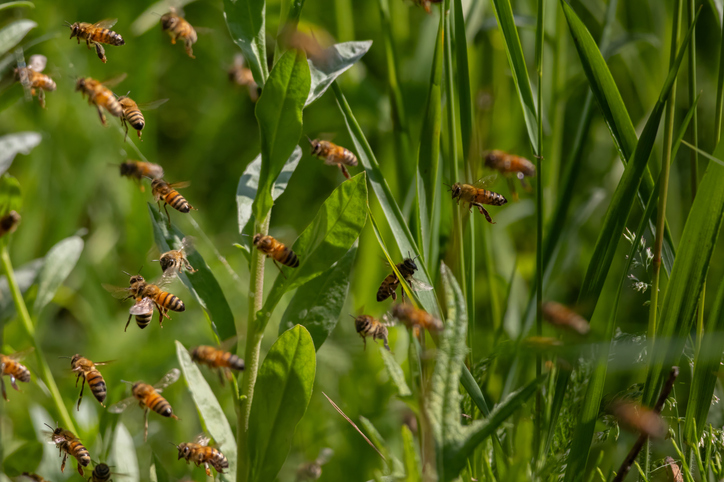
The constant, layered drone of bees once permeated meadows, orchards, and gardens, a sound that was far from noise, it was a guarantee. This vibrant buzz provided the crucial assurance that crops would successfully set fruit and flowers would be able to seed. Experienced farmers and families could often recognize the pitch and volume of a healthy, thriving hive versus a struggling or quiet one. Unfortunately, the rise of industrial monocropping and the widespread use of systemic pesticides have led to significant declines in bee populations, resulting in increasingly quiet fields. For many younger generations, the powerful, harmonic sound of hundreds of bees working in concert is a connection to the environment they may never experience firsthand.
7. The Night-Humming Wingbeat of Moths at Lantern Glass
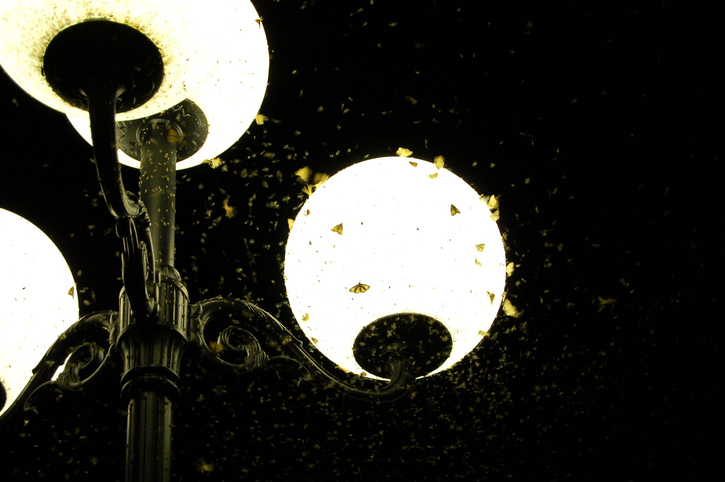
Before widespread electrification, evening light came from oil lamps or simple porch lights. Moths, attracted to the light, would gather in soft, fluttering clouds, creating a gentle and easily audible perimeter of life against the glass and screen frames. Their muffled wingbeat and tapping was a subtle, comforting night sound. Modern sealed windows, extensive outdoor insect control measures, and the sheer volume of high-intensity artificial lighting, which disrupts moth navigation, have drastically diminished these nighttime gatherings. The loss of this very subtle, localized night presence has made rural evenings feel less dynamically alive and less connected to the surrounding, unseen ecosystem that once fully enveloped the home after dark.
8. The Distant, Rolling Call of Owls in Forest Groves

The distinctive calls of various owl species once echoed powerfully through rural nights, serving essential functions like marking territory, signaling mates, and tracking seasonal cycles. Their voices were part of the night’s geography, communicating where major predators hunted, the locations of rodent populations, and the constant, subtle shifting of forest edges. Extensive clearing and fragmentation of forests have destroyed many owl habitats, and increasing noise pollution from human activity now easily drowns out their low-frequency calls. Without the characteristic owl’s nightly presence, the night feels both visually darker and auditorily empty. The owl’s voice used to offer a direct connection to the invisible activity of the natural world, a connection now largely severed.
9. The Barking of Foxes at Dusk from the Treeline
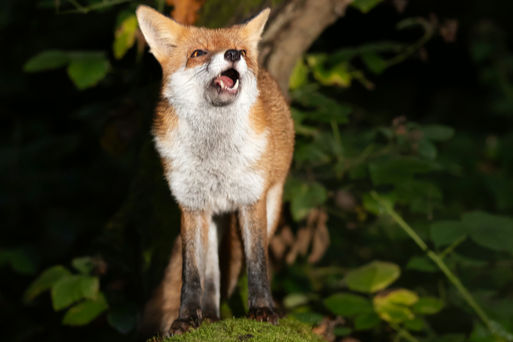
Sharp and surprisingly startling, the characteristic barks and screeches of foxes were a frequent, defining sound that signaled the transition between day and night. Their presence was a vital auditory reminder to rural communities that the nearby wilderness was vibrant, alive, and ever-present. As farms expanded, suburban developments encroached deeper into the landscape, and predator management pushed wildlife outward, these sounds have noticeably faded from the edges of fields and forests. The absence of the fox’s call is more than just a reduction in noise; it can signal an ecological imbalance and serves as a poignant reminder of how quickly the wilder boundaries of nature recede when land becomes intensively controlled and divided.
10. The Crooning Call of Doves on Warm Mornings
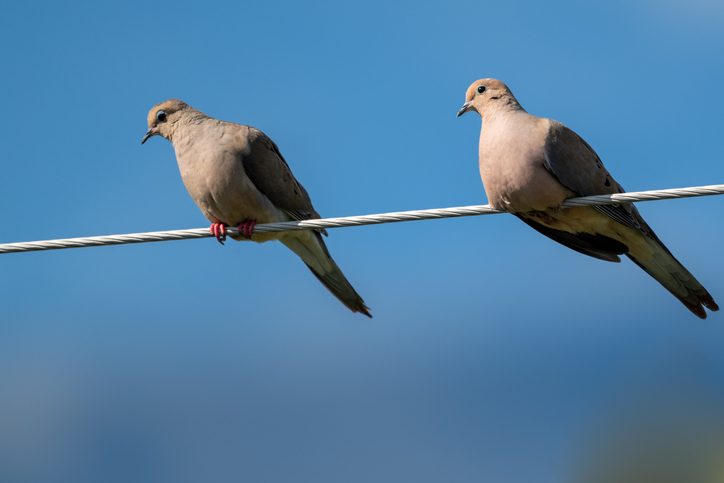
The slow, rhythmic coo of doves, particularly mourning doves, was a signature sound that often blended seamlessly into the background consciousness of a quiet rural morning. This gentle call was a recognized signal of calm weather, open windows, and the slow, peaceful process of waking up. As the modern soundscape has intensified, filled with the constant hum of traffic, the persistent rush of HVAC systems, and various farming machinery, the dove’s quiet call has become increasingly difficult to distinguish, even in locations where the birds still exist. This illustrates a profound point: meaning is not only lost when animals disappear, but also when pervasive, unnatural noise overwhelms our ability to hear the subtle rhythms of memory.
11. The High-Pitched Squeal of Hogs at Feeding Time
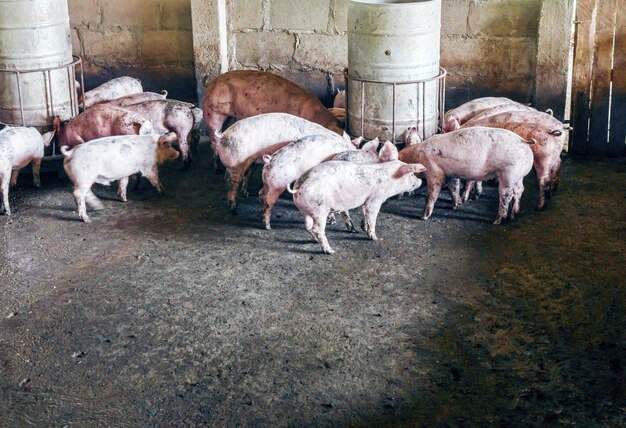
On small-scale family farms, feeding time for hogs created a distinctive, high-energy soundscape defined by urgency, rhythm, and predictable routine. This loud ritual was a visceral signal of daily structure, linking humans, animals, and the managed necessity of food resources. As hog farming modernized and moved into large-scale industrial confinement barns, the associated sound became both contained and mechanized, drastically altering the auditory connection. The loud, physical relationship between people and their food source has become distant; where sound once physically marked the moment of necessity, modern supply chains now operate in an unnatural silence behind facility walls.
12. The Evening Rattle of Cranes in Migration
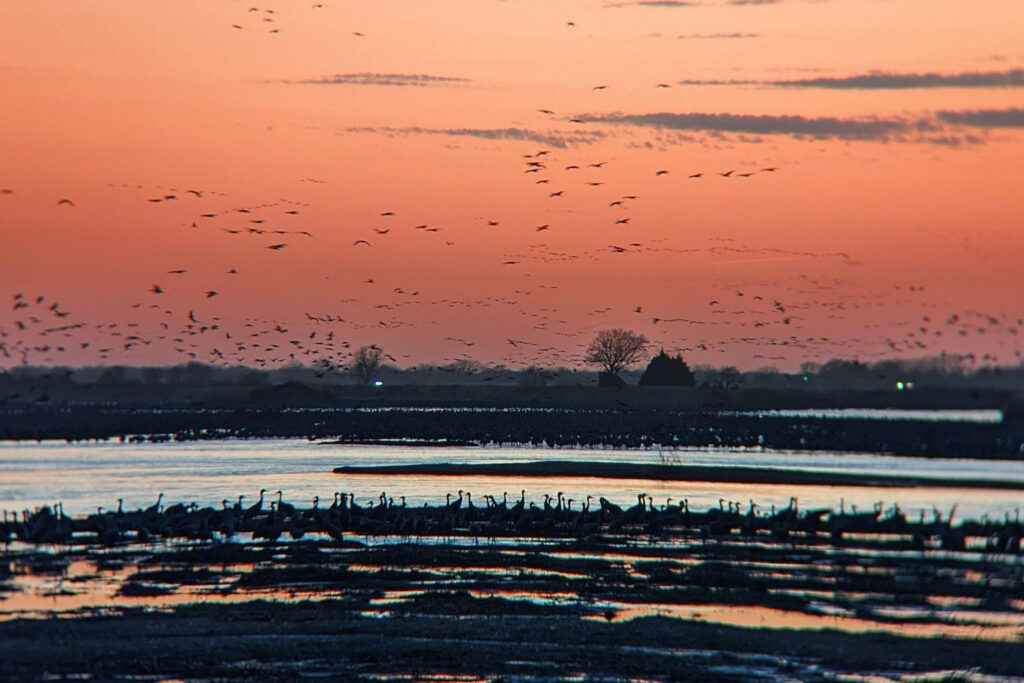
Migrating bird species, notably the Sandhill cranes, once created spectacular, sky-wide sound events that announced massive seasonal change with unmistakable emotional clarity. Their unique, rolling, rattling calls could thunder across vast plains, farmlands, and wetland areas, representing a powerful connection to the rhythm of the year. However, as critical migration routes shift due to the accelerating effects of climate change and continued loss of essential staging habitats, fewer regions consistently experience these overwhelming sound events. The quiet skies mark a significant loss, representing a natural spectacle that once filled the air with wingbeats and wild, echoing voices.
13. The Chirp of Swallows Nesting Under Eaves
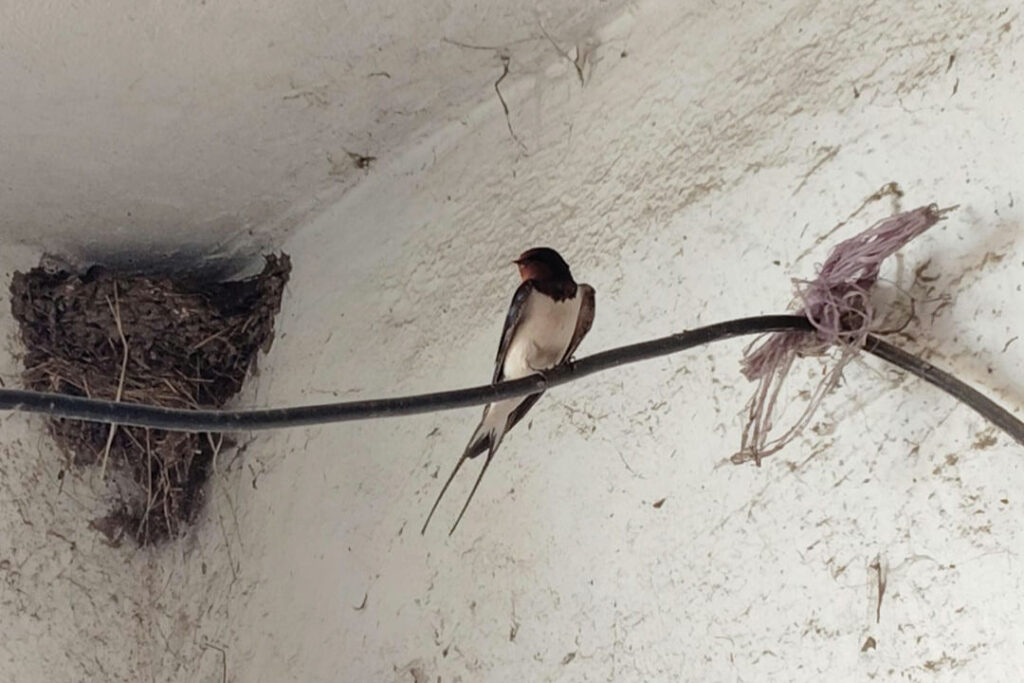
Swallows once habitually built their characteristic mud nests directly on the eaves of barns, porches, and homesteads, making their constant, energetic chatter an integral part of everyday home life. Their reliable presence served as a positive indicator of healthy airborne insect populations and a generally balanced local ecosystem. Modern construction methods, including the use of smooth siding, highly sealed structures, and pervasive insect control, have severely reduced the available and viable nesting sites for these birds. The constant sound of swallows at the doorstep once represented a clear, natural form of coexistence; their absence today quietly signals a growing separation between human homes and the immediate wild world.
14. The Click and Whistle of Herd Animals Communicating at Night
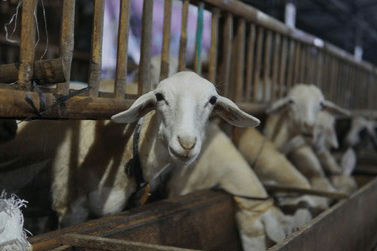
Throughout the quiet rural night, various herd animals, including cattle, horses, goats, and sheep, produce subtle, close-range vocalizations that are often characterized as quiet clicks, gentle whistles, or low mutterings. These soft, conversational sounds once filled the calm night air, providing constant auditory reassurance that the herd was gathered, safe, and generally undisturbed. With fewer animals kept on open ranges and a greater emphasis on indoor confinement, those quiet, communal noises rarely have the opportunity to travel across the land anymore. For the attentive listener, the night now carries a distinct sense of emptiness that was once filled by the low-level, continuous presence of livestock.
15. The Chorus of Insects in Summer Fields

Summer fields were once defined by a layered, dynamic soundscape created by countless grasshoppers, katydids, and meadow crickets. This loud, vibrant chorus was the very essence of a long, warm summer evening. As industrial pesticide use became ubiquitous, severely reducing insect biodiversity and overall population numbers, these intricate sound choruses have dramatically thinned or vanished entirely in many areas. The ecological loss is also deeply psychological: silence in a place where there was once such overwhelming, vibrant life fundamentally changes the sensory experience and feeling of the summer season.
16. The Yip of Coyotes on Distant Hills
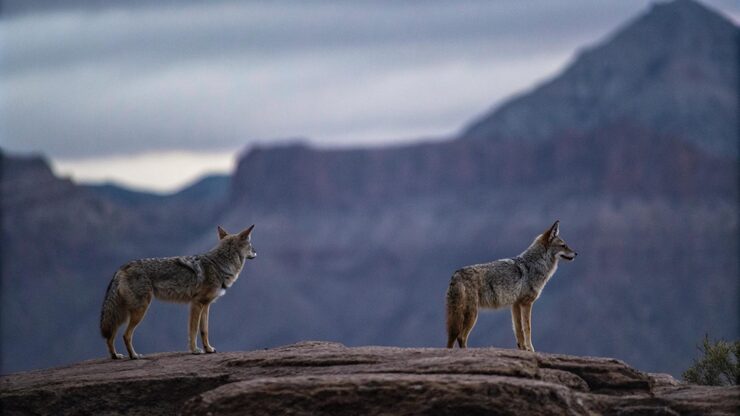
The collective, often complex group calls of coyotes once served as an unsettling but essential auditory marker, distinctly outlining the boundary between the managed human space and the unpredictable wild. Their voices were a constant, powerful reminder that the wider natural world continued beyond the immediate fences and cultivated fields. As rural land has been relentlessly developed and expanding human populations have led to both a decline and relocation of predator populations, the distant hills have grown noticeably quieter. The wild no longer announces its presence with such clarity and force, reducing the sense of natural scale within the landscape.
17. The Splash of Fish at Riverbanks at Dusk

In the days when local rivers and streams were cleaner and fish populations were more robust, the sound of fish breaking the surface to feed, the characteristic evening splash and ripple, was a completely normal occurrence. Generations of children and adults often fished or simply enjoyed the rivers by sound as much as by sight. However, persistent pollution, the construction of dams, and unsustainable overfishing have unfortunately contributed to stilling these waters in many regions. Today, the quiet of the riverbanks can often feel like a palpable absence, rather than a peaceful state of nature.
18. The Click and Clatter of Farm Equipment (Seasonal)

While not a creature sound, the click and clatter of small-scale farm equipment (like the gentle chug of a simple tractor or the high-pitched whine of a single baler) was often as much a part of the soundscape as any animal. These sounds, particularly during planting and harvesting, were distinctly seasonal, predictable, and rarely constant, providing a rhythm to work that was easily distinguishable from the industrial roar of modern mega-machinery. Today’s farm machinery is often louder, larger, and runs for longer hours, overwhelming the softer seasonal sounds that once made the rhythm of farm work feel intimate and personal.
The sounds we have lost are more than just background noise; they are the threads that once connected human communities directly to the rhythm of the seasons, the challenge of survival, and the deep sense of belonging to a specific place.
This story 18 Creature Sounds That Used to Define Rural Life (But Are Rarely Heard Now) was first published on Daily FETCH


